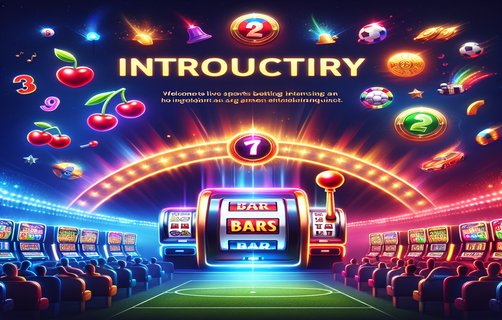Exploring the Dynamics of Teen Patti: A Strategic Analysis
टीन पट्टी की गतिशीलताओं की खोज: एक रणनीतिक विश्लेषण

Teen Patti, a popular card game originating from the Indian subcontinent, combines elements of strategy and chance, making it a captivating experience for players. This analysis delves into various aspects of the game, including boardsquares, territorial dominance zones, multiphase game structure, and the dynamics of luck-based combat. Each element contributes to the rich gameplay experience that Teen Patti offers, attracting a diverse audience.
The concept of boardsquares in Teen Patti is pivotal. Each player is situated within a specific zone that affects their strategic options. These zones can be looked at as territories where players exert influence over the gameplay. Territorial dominance refers to the control a player has over surrounding areas, which can significantly impact the game's progression. Mastering territory involves understanding the other players' strategies while executing your own, creating a complex interplay of competitive tactics.

In addition to the spatial aspects, Teen Patti employs a multiphase game structure, where the game evolves through different stages. This structure requires players to adapt their strategies dynamically, responding to the changing state of the game and their opponents. Initial phases may focus on setting a strong foundation, while later phases often emphasize aggressive plays and calculated risks. Understanding when to shift from a defensive to an offensive strategy can mean the difference between victory and defeat.
Luck plays a critical role in Teen Patti. The randomness of card distribution introduces an element of chance that can drastically alter the outcome of a game. However, players must also recognize that, while luck can influence immediate results, strategic skill often defines long-term success. The best players are those who can manage the uncertainty of luck while making informed decisions based on available information.
The concept of hidden roles can also be applied to the dynamics of Teen Patti. Just like in many strategic games, players may keep their hands concealed from others, leading to deception and the need to read opponents. This aspect of the game requires psychological insight and the ability to bluff, creating an intricate layer of interaction that heightens the excitement of gameplay.
In conclusion, Teen Patti is more than just a game of chance; it embodies a rich tapestry of strategic interactions and psychological play. By mastering boardsquares and territorial dominance, navigating multiphase structures, adapting to luck-based combat, and exploiting hidden roles, players can elevate their experience to new heights. The combination of strategy and chance is what makes Teen Patti an enduring classic that continues to capture the interest of players around the world.

comments
GamerJoe
This analysis covers the game's aspects I never thought of before!
CardShark88
The connection between strategy and luck is fascinating in Teen Patti!
LuckyAce
I love how you explained territorial dominance zones; it makes so much sense!
BluffMasterX
Hidden roles add a thrilling element to the game, huh?
StrategicMind
I appreciate the breakdown of multiphase game structure!
PlayfulPenguin
Teen Patti involves so much more than just luck—great insights!